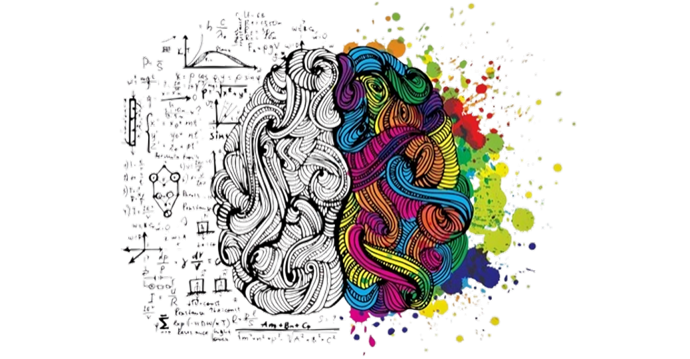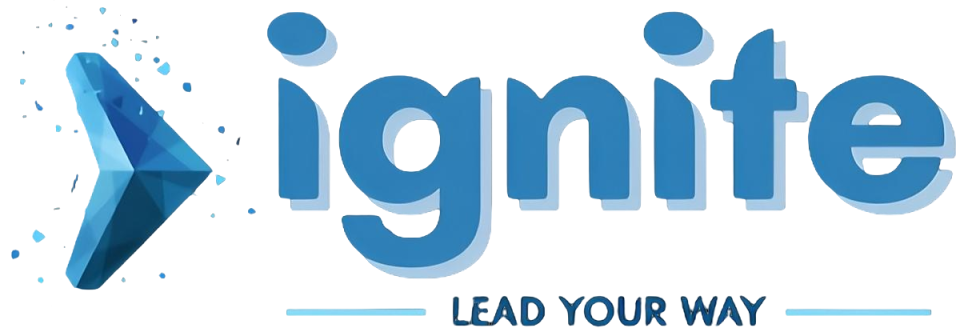Unlocking the Potential of Neurodiverse Employees through Inclusive Learning Environments

Today’s organizations are embracing a more holistic approach to diversity and inclusion by recognizing the unique cognitive profiles of neurodiverse individuals, including those with conditions like autism, ADHD, and dyslexia. By reimagining traditional learning experiences, companies can create inclusive environments that empower all employees to thrive.
The Value of Tailored Learning Experiences
Neurodiverse employees bring valuable strengths to the table, such as innovative problem-solving skills and keen pattern recognition. However, conventional training methods often fail to cater to their distinct learning styles, hindering their full potential. Adapting learning experiences not only aligns with ethical principles but also drives strategic benefits, enhancing creativity, morale, and overall productivity.
Key Strategies for Inclusivity in Learning
To support neurodiverse employees effectively, organizations are implementing a range of strategies:
- Diverse Learning Formats: Offering a mix of content formats—such as videos, podcasts, text, and interactive modules—ensures that employees can choose the methods that best suit their preferences and cognitive styles, promoting better understanding and retention.
- Personalized Learning Paths: Leveraging adaptive learning platforms driven by AI enables personalized content delivery based on individual progress and preferences, empowering neurodiverse employees to learn at their own pace and style.
- Visual and Interactive Tools: Incorporating visual aids, simulations, and gamified elements caters to the strengths of neurodiverse learners who excel in visual or hands-on approaches, making complex concepts more accessible and engaging.
- Clarity and Structure: Providing clear instructions, visual aids, and organized materials fosters better comprehension and engagement among neurodiverse employees who thrive in structured environments.
- Supportive Feedback: Regular, constructive feedback in a supportive manner helps neurodiverse employees track their progress and identify areas for growth. Mentorship programs and peer support networks further enhance the learning experience.
- Accessibility Considerations: Implementing accessibility features, such as screen readers, captioning, adjustable fonts, and color contrast options, ensures that training materials are inclusive and usable for employees with diverse needs.
By embracing inclusive learning strategies tailored to neurodiverse employees, organizations can unlock their full potential and foster a culture of diversity, equity, and innovation.
Case Studies: Pioneering Neurodiversity Inclusion
Several companies are taking the lead in promoting neurodiversity inclusion in their training programs:
SAP: SAP’s Autism at Work initiative provides tailored training and mentorship to individuals on the autism spectrum, empowering them to excel in roles that capitalize on their unique abilities.
Microsoft: Microsoft offers inclusive hiring programs and training that cater to neurodiverse employees, focusing on visual learning tools and flexible scheduling to support their success.
Ernst & Young (EY): EY’s Neurodiversity Center of Excellence emphasizes collaboration and personalized learning approaches to unleash the potential of neurodiverse talent.
The Evolution of Inclusive Learning
With growing awareness, more organizations are recognizing the importance of inclusive learning experiences. Potential future trends may include:
AI-Driven Accessibility Improvements: Advanced AI technology could anticipate and address individual learning obstacles in real time.
Virtual Reality (VR) Training: VR offers immersive experiences that appeal to visual and kinesthetic learners, making complex concepts more understandable.
Community-Led Content Creation: Involving neurodiverse employees in developing training materials ensures authenticity and relevance.
Conclusion
Adapting learning experiences for neurodiverse employees goes beyond compliance and diversity quotas—it’s about valuing the diverse contributions individuals make to an organization’s success. By investing in inclusive training strategies, companies can create environments where all employees, regardless of their learning styles, can thrive and achieve their full potential. The journey towards inclusivity is continuous, and each step taken brings businesses closer to harnessing the true power of a diverse workforce.
Categories
- Article (2)

Leave a comment